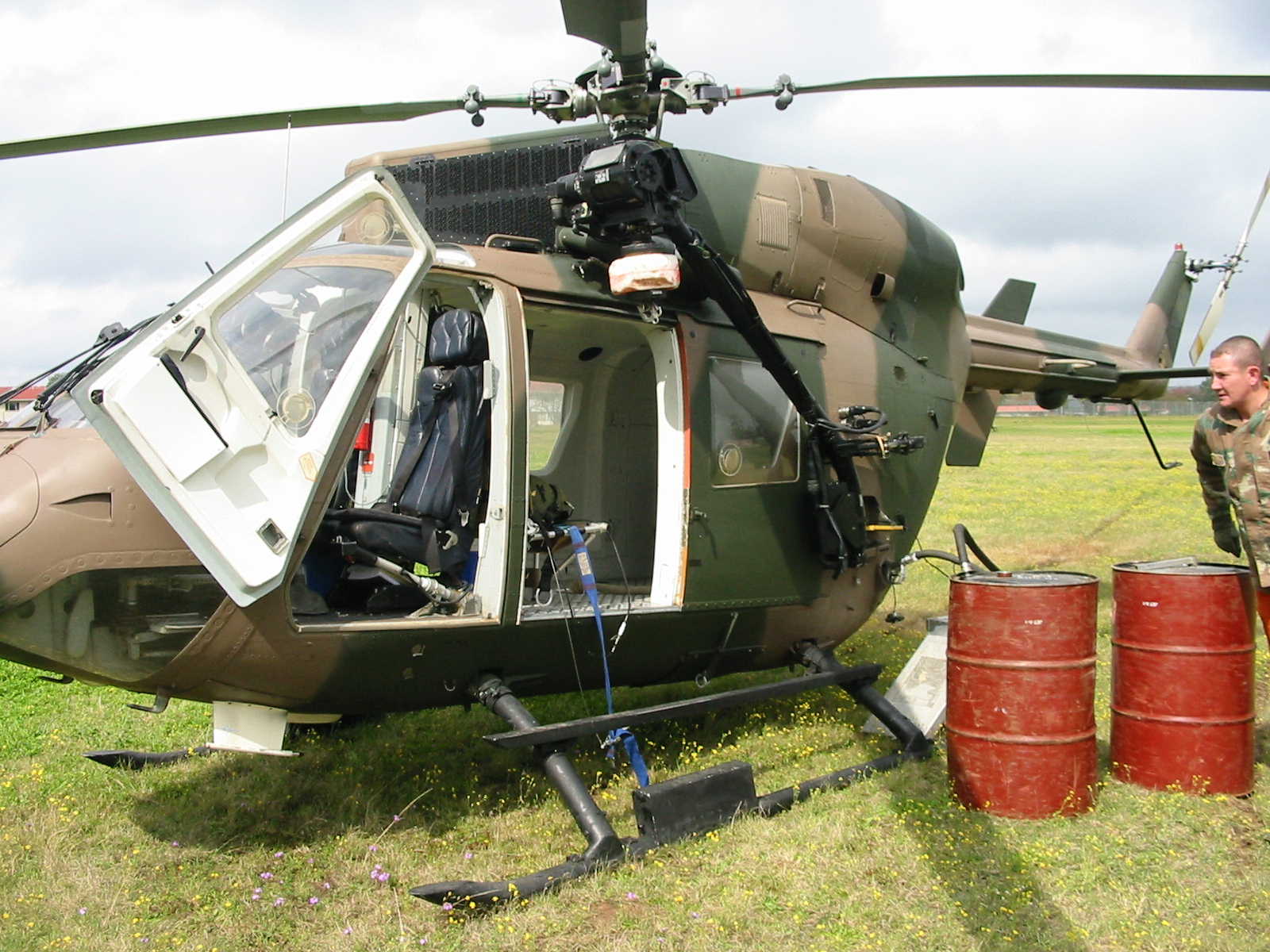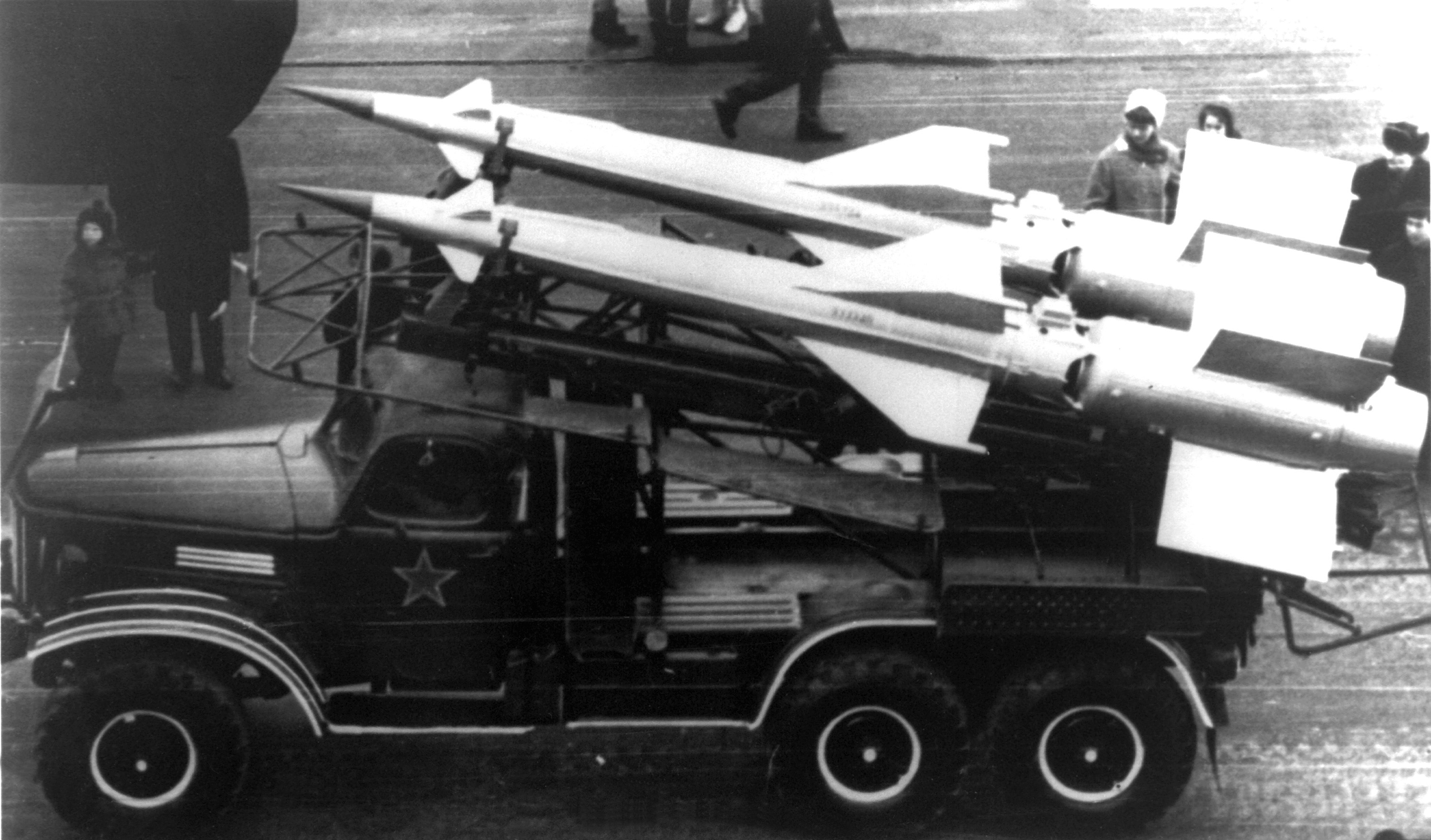|
Cassinga Raid
The Battle of Cassinga also known as the Cassinga Raid or Kassinga Massacre was a controversial South African airborne attack on a South West Africa People's Organization (SWAPO) military camp at the town of Cassinga, Angola on 4 May 1978. Conducted as one of the three major actions of Operation Reindeer during the South African Border War, it was the South African Army's first major air assault operation. Despite investigations with evidence to the contrary such as the Truth and Reconciliation Commission (TRC), claims continue that Cassinga was a refugee camp, rather than a military camp, and that consequently the raid was a massacre of civilians rather than a military operation. While there are extensive records covering the SADF's planning and actions around the operation (declassified since the change of government in 1994), no SWAPO records other than photographic evidence of the mass grave exist. Background Starting in 1976, SWAPO PLAN combatants regularly travelled sout ... [...More Info...] [...Related Items...] OR: [Wikipedia] [Google] [Baidu] |
South African Border War
The South African Border War, also known as the Namibian War of Independence, and sometimes denoted in South Africa as the Angolan Bush War, was a largely asymmetric conflict that occurred in Namibia (then South West Africa), Zambia, and Angola from 26 August 1966 to 21 March 1990. It was fought between the South African Defence Force (SADF) and the People's Liberation Army of Namibia (PLAN), an armed wing of the South West African People's Organisation (SWAPO). The South African Border War resulted in some of the largest battles on the African continent since World War II and was closely intertwined with the Angolan Civil War. Following several years of unsuccessful petitioning through the United Nations and the International Court of Justice for Namibian independence from South Africa, SWAPO formed the PLAN in 1962 with material assistance from the Soviet Union, China, and sympathetic African states such as Tanzania, Ghana, and Algeria. Fighting broke out between PLAN and th ... [...More Info...] [...Related Items...] OR: [Wikipedia] [Google] [Baidu] |
Charles Namoloh
Major General Charles Dickson Ndaxu Phillip Namoloh (born 28 February 1950) is a Namibian diplomat, politician and military figure who served in the cabinet of Namibia as Minister of Safety and Security from March 2015 to March 2020. Namoloh has been a member of the National Assembly of Namibia since 2005; having served as Minister of Defence from 2005 to 2012 and Minister of Regional and Local Government, Housing and Rural Development from 2012 to 2015. Personal Namoloh was born on 28 February 1950, in Odibo, Ovamboland (now Ohangwena Region). He attended his primary and secondary education at Oshakati and Tsumeb between 1965 and 1970. Career Namoloh entered politics as a union organizer for the South West Africa People's Organization (SWAPO) in 1971, in Walvis Bay during the Namibian War of Independence. Temporarily fleeing to southern Angola, Namoloh returned but was arrested in 1973 for pro-SWAPO activities. After spending time in prison, Namoloh was released to Kwanyama (Ov ... [...More Info...] [...Related Items...] OR: [Wikipedia] [Google] [Baidu] |
Cluster Munition
A cluster munition is a form of air-dropped or ground-launched explosive weapon that releases or ejects smaller submunitions. Commonly, this is a cluster bomb that ejects explosive bomblets that are designed to kill personnel and destroy vehicles. Other cluster munitions are designed to destroy runways or electric power transmission lines, disperse chemical or biological weapons, or to scatter land mines. Some submunition-based weapons can disperse non-munitions, such as leaflets. Because cluster bombs release many small bomblets over a wide area, they pose risks to civilians both during attacks and afterwards. Unexploded bomblets can kill or maim civilians and/or unintended targets long after a conflict has ended, and are costly to locate and remove. Cluster munitions are prohibited for those nations that ratified the Convention on Cluster Munitions, adopted in Dublin, Ireland, in May 2008. The Convention entered into force and became binding international law upon ratifyi ... [...More Info...] [...Related Items...] OR: [Wikipedia] [Google] [Baidu] |
South African National Defence Force
The South African National Defence Force (SANDF) comprises the Military, armed forces of South Africa. The commander of the SANDF is appointed by the President of South Africa from one of the Military branch, armed services. They are in turn accountable to the Minister of Defence and Military Veterans of the Department of Defence (South Africa), Defence Department. The military as it exists today was created in 1994, following South Africa's first nonracial election in April of that year and the adoption of a new constitution. It replaced the South African Defence Force and also integrated uMkhonto we Sizwe (MK), and the Azanian People's Liberation Army (APLA) guerilla forces. History Integration process In 1994, the SANDF took over the personnel and equipment from the South African Defence Force, SADF and integrated forces from the former Bantustan homelands forces, as well as personnel from the former guerrilla forces of some of the political parties involved in South Africa ... [...More Info...] [...Related Items...] OR: [Wikipedia] [Google] [Baidu] |
South African Air Force
"Through hardships to the stars" , colours = , colours_label = , march = , mascot = , anniversaries = , equipment = , equipment_label = , battles = * World War I * World War II East African campaign (World War II), East African Campaign North African campaign, North African Campaign Battle of Madagascar, Madagascar Italian campaign (World War II), Italy Balkans campaign (World War II), Balkans * Korean War * South African Border War * Angolan Civil War, Angolan Bush War , decorations = , battle_honours = , battle_honours_label = , flying_hours = , website = , commander1 = President of South Africa, President Cyril Ramaphosa , commander1_label = Commander-in-chief#South Africa, Comman ... [...More Info...] [...Related Items...] OR: [Wikipedia] [Google] [Baidu] |
S-125 Neva/Pechora
The S-125 ''Neva/Pechora'' (russian: С-125 "Нева"/"Печора", NATO reporting name SA-3 ''Goa'') is a Soviet surface-to-air missile system that was designed by Aleksei Isaev to complement the S-25 and S-75. It has a shorter effective range and lower engagement altitude than either of its predecessors and also flies slower, but due to its two-stage design it is more effective against more maneuverable targets. It is also able to engage lower flying targets than the previous systems, and being more modern it is much more resistant to ECM than the S-75. The 5V24 (V-600) missiles reach around Mach 3 to 3.5 in flight, both stages powered by solid fuel rocket motors. The S-125, like the S-75, uses radio command guidance. The naval version of this system has the NATO reporting name SA-N-1 Goa and original designation M-1 Volna (Russian Волна – ''wave''). Operational history Soviet Union The S-125 was first deployed between 1961 and 1964 around Moscow, augmenting th ... [...More Info...] [...Related Items...] OR: [Wikipedia] [Google] [Baidu] |
12 Squadron SAAF
1 (one, unit, unity) is a number representing a single or the only entity. 1 is also a numerical digit and represents a single unit of counting or measurement. For example, a line segment of ''unit length'' is a line segment of length 1. In conventions of sign where zero is considered neither positive nor negative, 1 is the first and smallest positive integer. It is also sometimes considered the first of the infinite sequence of natural numbers, followed by 2, although by other definitions 1 is the second natural number, following 0. The fundamental mathematical property of 1 is to be a multiplicative identity, meaning that any number multiplied by 1 equals the same number. Most if not all properties of 1 can be deduced from this. In advanced mathematics, a multiplicative identity is often denoted 1, even if it is not a number. 1 is by convention not considered a prime number; this was not universally accepted until the mid-20th century. Additionally, 1 is the ... [...More Info...] [...Related Items...] OR: [Wikipedia] [Google] [Baidu] |
Air Superiority
Aerial supremacy (also air superiority) is the degree to which a side in a conflict holds control of air power over opposing forces. There are levels of control of the air in aerial warfare. Control of the air is the aerial equivalent of command of the sea. Air power has increasingly become a powerful element of military campaigns; military planners view having an environment of at least air superiority as a necessity. Air supremacy allows increased bombing efforts, tactical air support for ground forces, paratroop assaults, airdrops and simple cargo plane transfers, which can move ground forces and supplies. Air power is a function of the degree of air superiority and numbers or types of aircraft, but it represents a situation that defies black-and-white characterization. The degree of a force's air control is a zero-sum game with its opponent's; increasing control by one corresponds to decreasing control by the other. Air forces unable to contest for air superiority ... [...More Info...] [...Related Items...] OR: [Wikipedia] [Google] [Baidu] |
Lubango
Lubango, formerly known as Sá da Bandeira, is a municipality in Angola, capital of the Huíla Province, with a population of 914,456 in 2022. The city center had a population of 600,751 in 2014 making it the second-most populous city in Angola after the capital city Luanda. History Portuguese rule In 1882 approximately one thousand Portuguese settlers came from the island of Madeira to the area of current-day Lubango. These Portuguese farmers helped develop the region and founded the settlement. The city, originally established in 1885 to serve colonists from the Madeira Islands, lies at an elevation of 1,760 metres in a valley of the Huíla Plateau and was surrounded by a scenic park spreading up the mountain slopes. By 1910 there were over 1,700 ethnic Portuguese living in the settlement, which was referred to as "Lubango". By 1923 the Moçâmedes Railway had connected the settlement to the town of Moçâmedes in the coast. The Portuguese government made it a city and renam ... [...More Info...] [...Related Items...] OR: [Wikipedia] [Google] [Baidu] |
Operation Bruilof
Operation Bruilof ( en, Operation Wedding) was a planned military operation in 1978 by the South African Defence Force during the South African Border War and Angolan Civil War. Background The operation was planned for May 1978, to be conducted by 61 Mechanised Infantry Battalion Group and paratroops. This was to be the first mechanised force to be deployed by the South African forces during the war and consisted of the then new Ratel Infantry Fighting Vehicles as well as Eland Armoured Cars. The plan called for the SADF to cross the South-West Africa–Angola border, with the battle group attacking and destroying six South-West Africa People's Organisation bases around Chetequera before withdrawing. The plan was eventually abandoned and merged into what became Operation Reindeer Operation Reindeer, which began on 4 May 1978, was Apartheid South Africa, South Africa's second major military operation in Angola, carried out under the Apartheid regime, the first being Ope ... [...More Info...] [...Related Items...] OR: [Wikipedia] [Google] [Baidu] |
MPLA
The People's Movement for the Liberation of Angola ( pt, Movimento Popular de Libertação de Angola, abbr. MPLA), for some years called the People's Movement for the Liberation of Angola – Labour Party (), is an Angolan left-wing, social democratic political party. The MPLA fought against the Portuguese army in the Angolan War of Independence from 1961 to 1974, and defeated the National Union for the Total Independence of Angola (UNITA) and the National Liberation Front of Angola (FNLA) in the Angolan Civil War. The party has ruled Angola since the country's independence from Portugal in 1975, being the ''de facto'' government throughout the civil war and continuing to rule afterwards. Formation On 10 December 1956, in Estado Novo-ruled Portuguese Angola, the underground Angolan Communist Party (PCA) merged with the Party of the United Struggle for Africans in Angola (PLUA) to form the People's Movement for the Liberation of Angola, with Viriato da Cruz, the president of ... [...More Info...] [...Related Items...] OR: [Wikipedia] [Google] [Baidu] |







